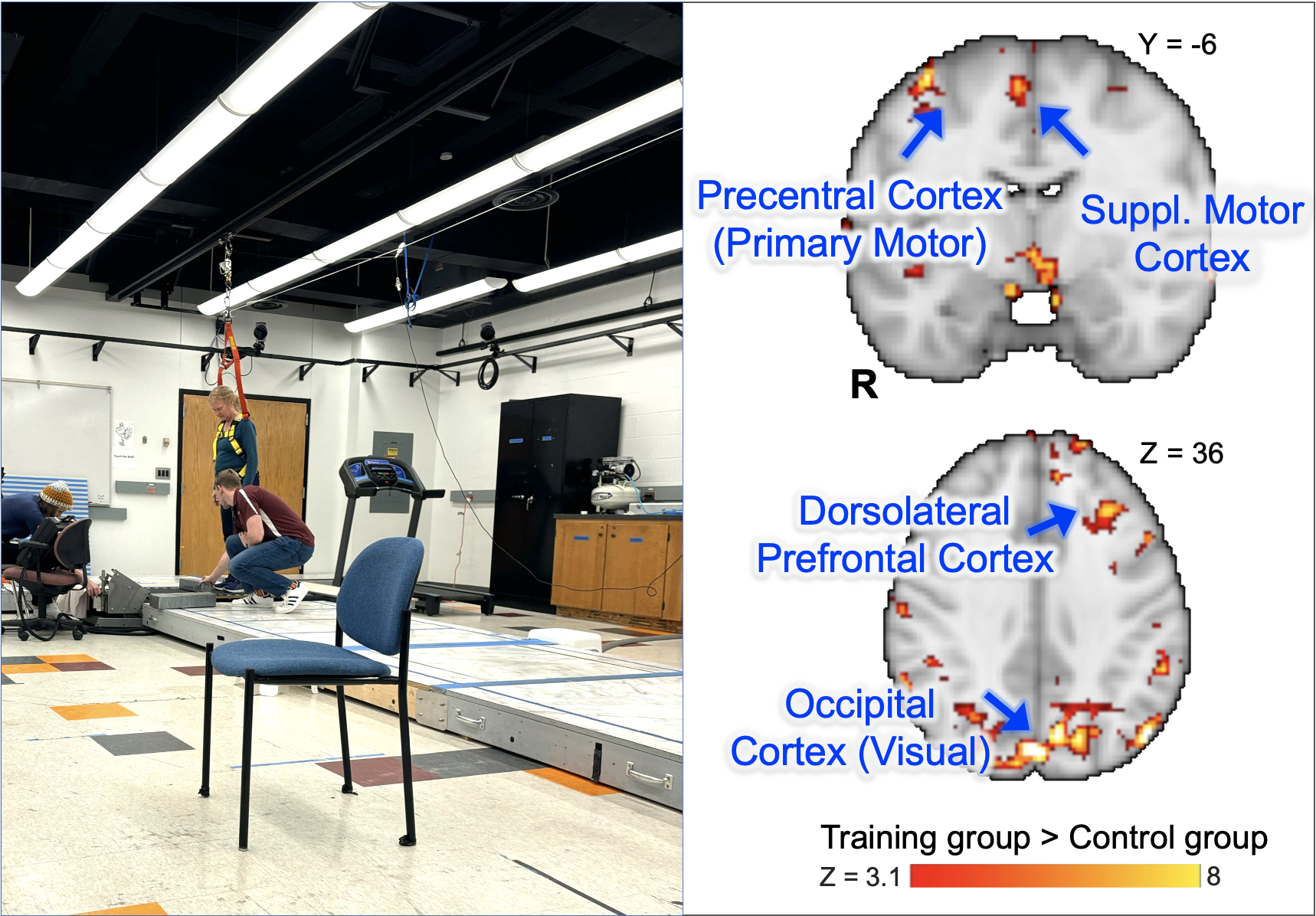Lifespan Development of Arousal Systems
In our laboratory, we endeavor to investigate the alterations in arousal systems throughout various developmental stages. Specifically, we concentrate on the momentary functional dynamics of the locus coeruleus, a central arousal system, and its interaction with the prefrontal system, including the frontoparietal control network. Our goal is to understand how these interactions contribute to distinct cognitive processes (e.g., attention, decision-making) and behaviors across the lifespan at both structural and functional levels. This research is supported by grant R01AG075000.


Neural Similarity in Parent-Child Dyads
Parent-child interactions encompass active, reciprocal processes involving shared emotions, which significantly contribute to children's psychological adjustment by offering secure and consistent psychological support during development. A key research question we are exploring is the extent to which children's brain responses—particularly in socially and emotionally ambiguous situations—mirror those of their parents. Furthermore, we are interested in determining how this dyadic neural similarity across childhood and adolescence may account for developmental and individual variations in brain function associated with social and emotional behaviors, such as perceiving others' emotions and exhibiting sensitivity to social evaluations and self-assessments.
The Neural Plasticity associated with Perturbation-based balance training (PBT)
Falls are a significant public health risk for older adults, causing injuries and healthcare costs. Perturbation-Based Balance Training (PBT) shows promise in reducing fall risks, but its effectiveness varies widely among individuals. This project aims to uncover PBT-induced neural plasticity changes of the motor circuit. Using clinical evaluations, balance tests, and fMRI before and after PBT, we seek to understand how PBT influences brain circuit changes. This insight will help tailor training protocols, enhancing fall prevention strategies for older adults and potentially benefiting other high-risk groups like those with Alzheimer's or Parkinson's. Ultimately, this research aims to develop personalized PBT protocols that reduce fall risks across diverse populations.
